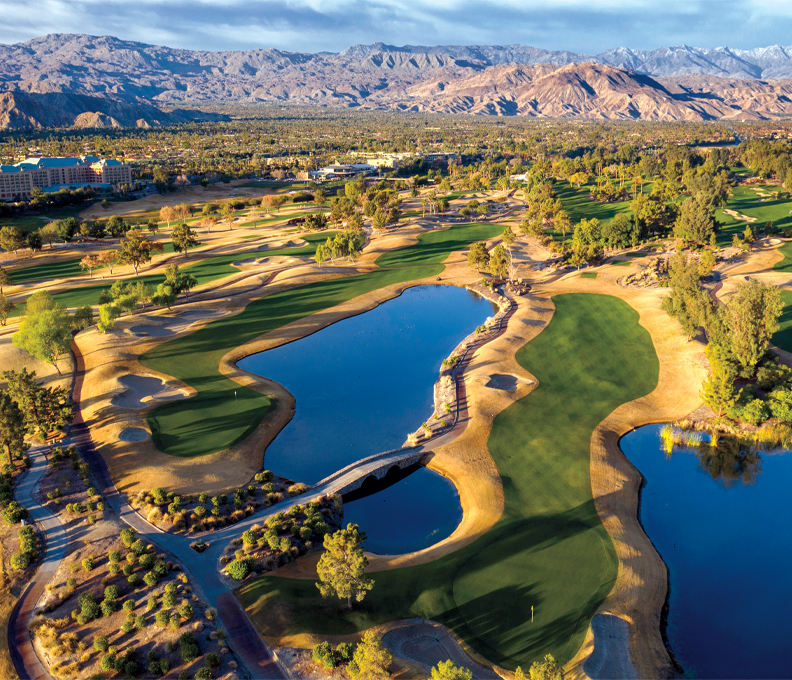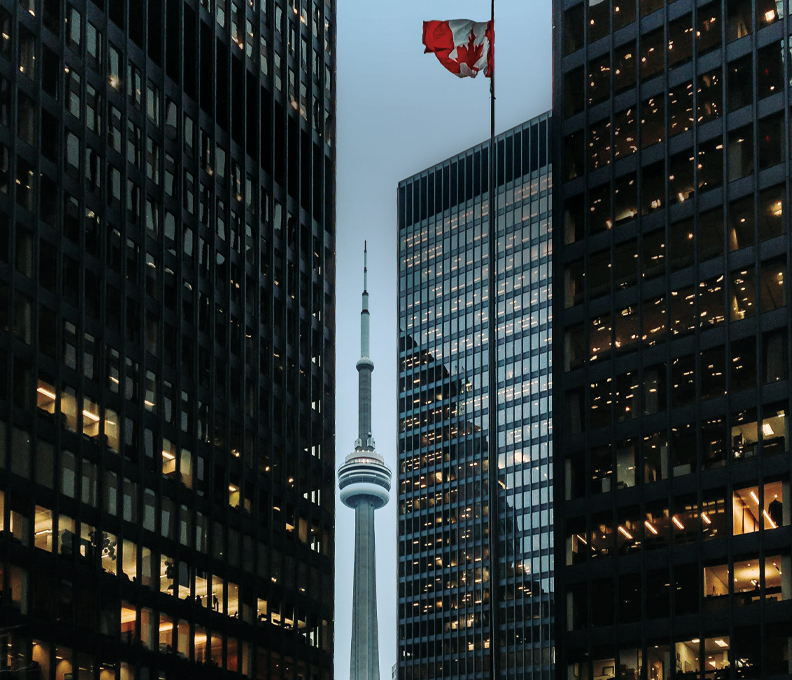The Evolution of the Airport Lounge
From its earliest incarnation as a private club, the airport lounge is now an essential part of travel—with new and ever greater variations popping up around the world
July 5, 2022

Photo: Courtesy of Alaska Airlines
Commercial aviation was barely two decades old when American Airlines chairman C.R. Smith decided he wanted a place where VIP customers could be coddled before flights. In 1939, he opened the first airport lounge as an invitation-only club at the New York Municipal terminal (now LaGuardia). In keeping with American’s moniker as the “Admiral Fleet,” the airline’s best customers were known as “admirals.” You couldn’t independently join—the airline had to invite you, and there were no membership dues. The nautical theme continued with attendants called “skippers” and bartenders known as “stewards.” And the liquor flowed.
When Smith opened the second private American Airlines club outside Washington, D.C., Virginia law then prohibited private clubs from selling alcohol. The chairman got around the restriction by storing his personal whiskey collection there for his guests to secretly imbibe. Soon after, Americans’s frequent flyers were allowed to store their whiskey there, as well.
Nearly three decades later, the airline was forced to abandon the private club—too many people were clamoring to get in. In 1967, American opened the clubs to anyone paying annual dues of $25. Lifetime memberships went for $250. And other airlines followed.
Virtually every company—from United, TWA and Delta to National, Eastern and Pan Am—opened clubs across the country and around the world. In the mid 1970s, the launch of supersonic flights from France and the U.K. brought a new level of luxury to these clubs. The Concorde lounge at Heathrow, for example, offered travelers paying as much as $14,000 for a ticket on the sound-barrier-breaking plane an exclusive spot in which to await the flight. Visitors were greeted with sumptuous buffets—in addition to a tablecloth meal on the flight complete with champagne and caviar. Attendants whisked away coats only for them to reappear when the customer disembarked three hours later. And by the early 1980s, when frequent-flyer programs were being introduced, the lounge wars began in earnest as spaces evolved from spruced-up waiting rooms to lifestyle experiences.
That battle continues today. And as membership numbers soar, the original bargains are history. Access can cost as much as $845 a year. And the lifetime offers? Dead.
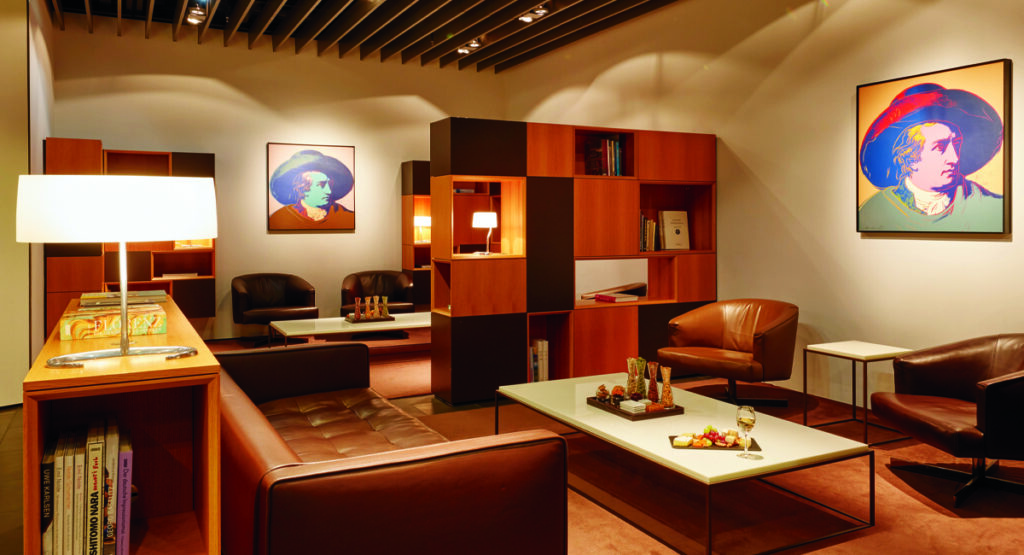
Lufthansa First Class Lounge at Frankfurt Airport / Photo: Courtesy of Lufthansa Group
At the same time, many airline lounges have become overcrowded as passenger demand continues to grow. Today, travelers are confronted with an often confusing array of airline-operated lounges and credit card/bank-owned sanctuaries, plus independent operators, all with varying admission rules and levels of luxury.
In addition to sorting through membership options, the array of amenities can be dizzying. You can take a preflight dip in the pool at the Punta Cana International Airport in the Dominican Republic, get a one-hour complimentary massage at Thai Airways’ first-class lounge in Bangkok, or hop on a Peloton bicycle to work off the baked cod you just consumed at Virgin Atlantic’s London Heathrow Clubhouse. At one point, the two-story flagship Istanbul Turkish Airlines Lounge had a golf simulator and billiard tables, but the new lounge has jettisoned the earlier bells and whistles.
In some Persian Gulf countries, however, the one-upmanship game is in high gear. With its luxury boutique, cigar bar and Le Clos Wine Cellar—complete with sommeliers— the Emirates lounge in Dubai is legendary. Not to be outdone, the Qatar Airways lounges at the Hamad International Airport in Doha are extravagant, with sandstone and marble design elements, a grand water fountain and artefacts on loan from the Museum of Islamic Art. And Etihad in Abu Dhabi now has a Six Senses spa for arriving passengers, complete with showers and a restaurant.
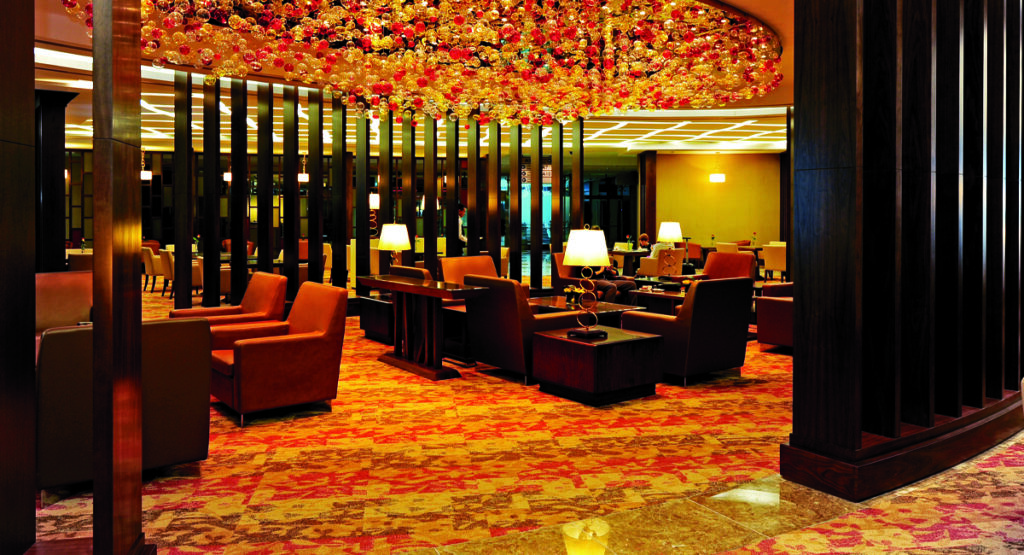
Emirates First Class Lounge at Dubai Airport / Photo: Courtesy of Emirates
But it’s no longer only airlines that operate lounges: Credit card retailers are increasingly active in the area. American Express was the first company to promote its credit cards with access to some spaces. And then it launched its own branded Centurion Lounges in 2013—the first debuted in Las Vegas. Today there are more than 40 Centurion Lounges and Studio locations, highlighting locally inspired menus created by celebrity chefs as well as spas and meditation rooms.
Denver’s Centurion Lounge has a game room and local craft beers on offer. At JFK, the 1850 Speakeasy evokes the era of Prohibition (1850 being the year American Express was founded). Expansions are underway at lounges in Seattle and San Francisco, while new locations within Washington, D.C.’s Reagan National and Atlanta’s Hartsfield-Jackson are on tap for next year.
And the numbers keep growing. American Express now offers some cardholders a digital map to determine levels of access at more than 1,200 Amex-affiliated or -owned lounges around the world.
Other cards have gotten into the act. Capital One opened its first airport lounge in 2021 at Dallas Fort Worth International Airport. And Chase Sapphire-branded lounges have been announced for Phoenix, Las Vegas, New York LaGuardia, Boston, San Diego and Hong Kong.
Another option for travelers is the Priority Pass, which offers access to more than 1,300 lounges globally through three annual membership plans. Standard—for the occasional traveler—has a $99 annual fee and charges $32 for a member visit and $32 for a guest. Standard Plus, billed for the “regular” traveler, comes with a $299 annual charge and 10 free visits. After that there is a $32 per person charge. The Prestige pass offers the “frequent” traveler unlimited visits annually for $429 with a $32 guest fee. Have an American Express Platinum card? You have free access to all of them.
The biggest problem with airline lounges? They are getting too full. And an overcrowded lounge defeats the purpose. Even the strength of the free Wi-Fi is compromised.
Though there are 3,000 airport lounges worldwide, it’s not uncommon to see signs indicating that a space is full or admission is by reservation only. Restrictions on usage have also been piling up. Some airlines have instituted three-hour limits, and most restrict access only to departing or layover flyers (no arriving passengers allowed). Some even bar entry to domestic business-class travelers and guests of members.
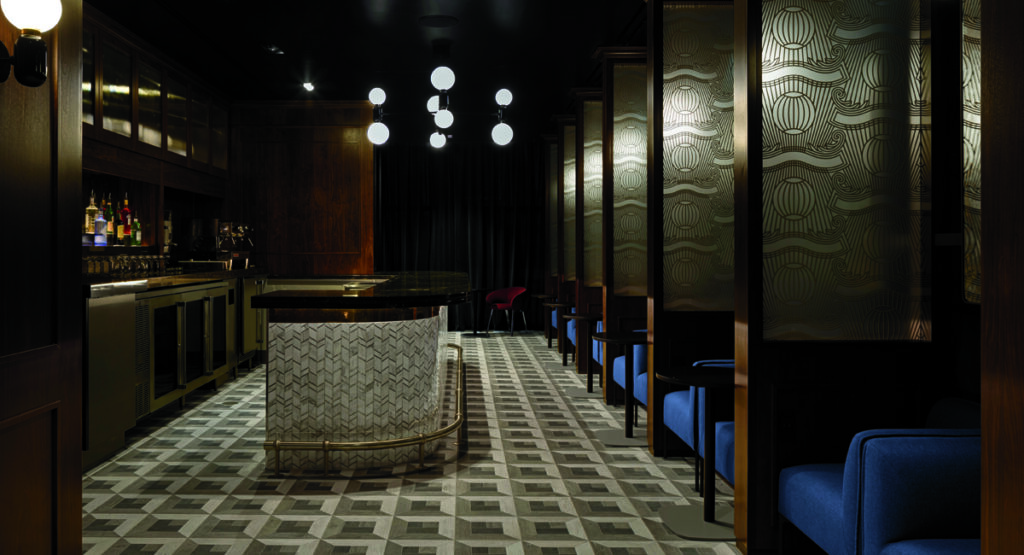
850 Speakeasy in the American Express Centurion Lounge at New York’s John F. Kennedy International Airport / Photo: Brad Feinknopf
And beginning in February, American Express Platinum and Business Platinum Card holders will receive complimentary lounge access for guests only if the total annual purchase amount on their account is $75,000 or more. If that figure is not reached, members will be required to pay a $50 fee for each guest they bring into a Centurion Lounge.
Long airport security and check-in lines are commonplace, but a line for a membership lounge is considered unacceptable. As a result, many airlines are continuing to build new lounges.
Delta is opening a new Sky Club at Chicago’s O’Hare in September and an international Sky Club at Tokyo Haneda Airport next month. This is in addition to expansions of existing facilities in Nashville, Boston and Atlanta. And earlier this year, at Los Angeles International Airport, Delta unveiled its largest lounge to date, seating more than 500 passengers.
For its part, United also just launched its largest United Club at Newark Liberty, accommodating 480 guests. Featuring spa-like showers and a full-service coffee bar, it joins a roster of more than 45 United Clubs and six United Polaris lounges. Meanwhile, at Memphis International Airport, there’s now a special, different VIP space—a private area for St. Jude Children’s Research Hospital patients and their parents. Located in the new concourse, the lounge welcomes approximately 60 families a week and offers charging stations, board games, books and complimentary light snacks.
And as if to prove that everything old is new again, some lounges are now accessible only by invitation. At the Frankfurt Airport, Lufthansa operates its own first-class terminal, with a restaurant featuring menu items from all the cities on its route system, flown in daily. One bar offers 80 different brands of single-malt Scotch. And when it’s time to board your flight, you take a private elevator downstairs and choose your mode of transportation—chauffeur-driven Porsche or Volkswagen—to whisk you directly to the plane.
In Australia, Virgin has also brought back invitation-only lounges in Melbourne, Sydney and Brisbane as part of its new Beyond loyalty program. Just as envisioned by American Airlines’ C.R. Smith more than 80 years ago, Beyond membership is granted by the CEO and executives of Virgin Australia to the airline’s most loyal flyers.

